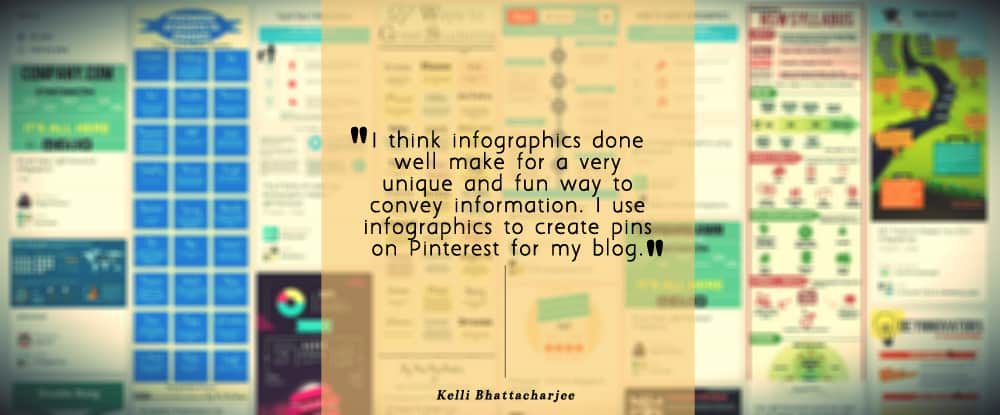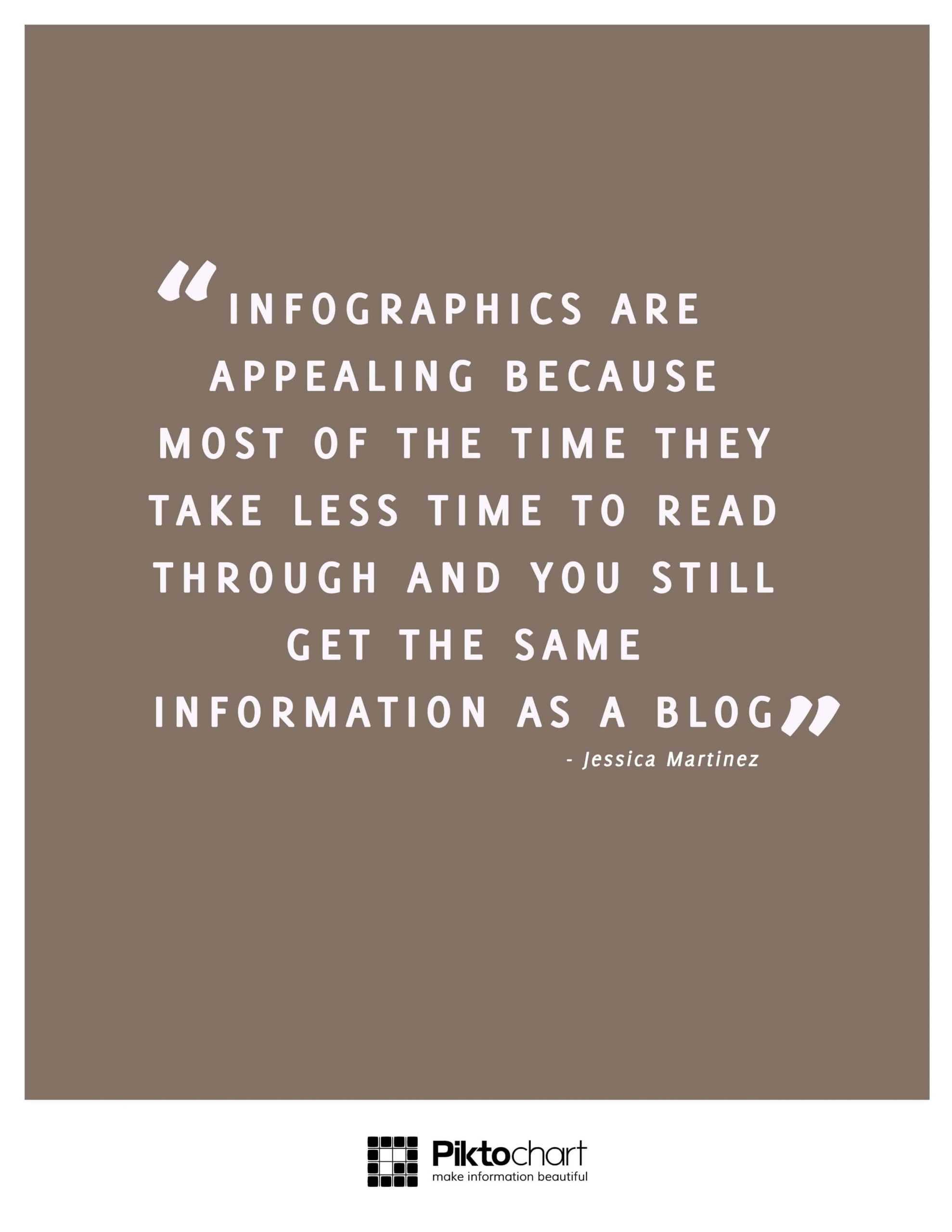Piktochart asked its users how they create strong content and engage their audience, as well as why do they use infographics.
First of all, a little introduction to each of 4 interviewed Piktochart users.
Chris Fell from g2m solutions (and his infographic on Social Media Marketing for B2B Lead Generation)
Kelli Bhattacharjee from FreebieFindingMom.com (and her infographic on the best birthday freebies)
Jessica Martinez from Sparksight (and her infographic on Essential Tools for Powerful Digital Marketing)
Chanda Gohrani from Quib.ly (and her infographic on Future jobs: Are we prepared?)
How design friendly do you rate yourselves?
Chris: I know enough to be dangerous.
Kelli: I admire great design, but I leave most design efforts to the pros.
Jessica: I am an Adobe Creative Suite user but not exactly an expert.
Chanda: I have an eye for good design but I am not well versed with Photoshop.
What’s your recommendation on how to create strong and engaging content?
Chris: It all starts with the story. And that story must be interesting, engaging and exciting for your audience…typically your target buyer. Your buyer is a human, so take the time to understand what motivates them. Generating content that recognizes those fears and helps solve their challenges will be inherently more interesting.
Kelli: Be unique and write content that you want to read and that helps people. Show your personality, if you’re funny, make them laugh.
Jessica: Content that is related to real-life situations of your target market is your best bet. Readers also need to be able to follow along with the piece of content.
Chanda: Create content that is easy to understand and easier to share.
Why do you use infographics in your content marketing strategy?
Chris: People have less and less time available to read around a topic of interest. Infographics are also great ways to present large amounts of often dry and “flat” data.
Kelli: I think infographics done well make for a very unique and fun way to convey information. I use infographics to create pins on Pinterest for my blog.
Jessica: Infographics are appealing because most of the time they take less time to read through and you still get the same information as a blog. In fact, you get the most important information. Infographics help me by appealing to my target market.
Chanda: I sometimes have a lot of data to present to/share with our audience and infographic is a great way to do that. It not only makes the data pretty but helps me make more viral content resulting in better traffic to our site.
Do you have some guidelines on producing a quality infographic?
Chris: Infographics work well if you have a clear plan of what you want to say. Take some time to work through your story. Think carefully about who you want to reach. Gather your assets, such as key statistics before you start.
Avoid the temptation to chuck every single idea and data point into the infographic. At the end of the process, look through what you have created and ask if the message would suffer if you removed that picture or chart or comment. If not, get rid of it.
Kelli: When using Piktochart, find the template that best suits your topic. Then design (either on paper or in your mind) how you ultimately want your pin to look then dig in and get started. You’ll surprise yourself with how little time it takes to create an eye catching, attractive pin that tells the story you intend.
Jessica: We measure success of infographics by the amount of traffic they receive, the amount of conversions received from that traffic, how many comments, etc. Generally I gather information first and worry about the design later. Spend a lot of time gathering relevant information so that you readers can feel as though your infographic was of some benefit to them. Place that information into a story, figuring out which points you want to hit and when. Then lastly, add in the design elements.
Chanda: I have seen some heavy-duty infographics with a lot of bulky design and content, killing the very idea of infographic. I do not like that practice. I think it should be simple and easy to understand.
Decide the theme
Collect all your data (Try not to be distracted by overwhelming amount of information out there)
Zero in on the design that will suit your data
Start designing it on Piktochart




